THE PROMPT
Newsletter of the Canadian Association of Recycling Industries
Volume 7, No. 5, June 2015
INSURANCE TIPS
HOT WORK (PART 2)
On-site environments are familiar to employees, designed for a specific type of work, and contain fire safety equipment, so it is generally considered safer to perform hot work on-site. Off-site operations have more challenges and risks because each work site varies in layout and the type of work performed. A comprehensive hot work safety management program properly trains and prepares contractors for various hot work environments, such as construction site work, plant maintenance, machinery repair, welding, and more.
Key Points for your Hot Work Management Program
On-site
• Obtain a hot work permit before working
• Place combustibles 15 m (50 ft) away from the hot work area, or shield with flameproof covers or curtains extending to the ground
• Cover floor and wall openings within 15 m (50 ft) with non-combustible materials to prevent the passage of sparks or hot slag
• Sweep surrounding areas and keep combustible floors wet
• Stop any process or activity that produces flammable gases or vapours, and combustible dusts or fibers, and remove these hazardous conditions before carrying out hot work
• Ensure fire extinguishing equipment, including multipurpose fire extinguishers and fire hoses, are accessible
• Designated personnel must watch for fire in the area, as well as floors above or below, as necessary. A fire watch should continue for a minimum of sixty minutes after completing hot work, as specified in the NFC, but can last up to several hours as deemed appropriate for the risk to be eliminated. Take into consideration the particular circumstances of such work at the building, area or site.
• Final inspection of the hot work area should be conducted four hours after the completion of work
• If a continuous fire watch cannot be performed, hot work should not be done
• Hot work should not be done in the last sixty minutes of the work day or sixty minutes prior to any breaks
Off-site
• Check if the site has a hot work management program and adhere to it strictly
• Obtain your client’s approval and sign-off, and document all your procedures and actions
• Survey the hot work area and remove combustible material
• If combustible material cannot be removed, use thermal barriers to protect it
• Conduct a fire watch for at least sixty minutes after finishing hot work
• Check with your insurance broker for any limitations in your liability coverage pertaining to hot work[su_divider top=”no”]
AN INDUSTRY LOSS
Morris Waxman
1925-2015
CARI regrets to informs members of the passing of Morris Waxman. Morris’s long career began when he joined his father’s rags-bottles-and-bones business after the Second World War, and he went on to build a business that continued for decades.
He leaves behind his wife Shirley; children Karen, Michael, and Douglas; grandchildren Jaclyn, Josh, Jason, Shayna, Jennifer, Remi and Eden; and great-granddaughter Sofie.
CARI staff and its members send their deepest sympathy to Morris’s family, friends and colleagues. He will be missed.
[su_divider top=”no”]
CARI EVENTS
CARI’S 74th Annual Convention
Delta St. John’s
St. John’s, Newfoundland
June 25–27, 2015
CARI’S Annual Golf Tournament
Beverly Golf & Country Club
August 20, 2015
CARI’S Consumers’ Night
Hyatt Regency Hotel
Toronto, ON
October 19, 2015
[su_divider top=”no”]
OTHER UPCOMING EVENTS
BIR Round Table Sessions
October 26-27
Prague, Czech Republic
[su_divider top=”no”]
Canadian Association of Recycling Industries
130 Albert Street Suite 1906
Ottawa, On K1P 5G4
Canada
Telephone: 613-728-6946
Fax: 705-835-6196


